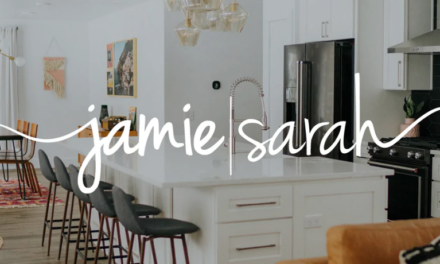Communication is one of the most fundamental elements of any business plan or strategy. Knowing how to leverage the different communication platforms at your disposal is key to making real connections with your audience. Whether the medium is your business’ website, a news release, or internal document, the key message is similar, but the purpose and language used will differ. Social media is no different, but like the other tools you are using it must connect back to your brand.
- Strategize: The first thing to know about social media is that it is not impulsive. There has to be reason and strategy; you aren’t usually going to post a message (whether it’s a video or picture or text) just for the sake of posting. Far too many businesses are concerned about rhythmically posting; they want to be sure to post anything, but they haven’t thought about why or how it aligns with their key message. Be sure to strategically plan tweets, posts, blogs, photos, etc. as you are planning your other releases to ensure consistency. Facebook recently introduced the ability to schedule postings, which will further encourage businesses to really think about and strategize every post.
- Communicate: This may be stating the obvious, but social media allows you and your brand to really communicate with your audience. News releases and your website are more often than not going to be opportunities for one-way communication. The best thing about using online tools like Facebook, Twitter, and YouTube is that you get to see how people are reacting to your message in real time, and you can reach back out and communicate with each member of your audience on a personal level. Be sure to communicate within a reasonable timeline to get more traffic with these online tools.
- Analyze: Monitoring what people are saying about your brand or message is critical if you are going to have a presence on social media channels. Analyzing what people are saying is not limited to posts or content directly on your brand’s channel. There are numerous valuable tools available that will allow you to locate, forecast, and respond to conversations people are having about your brand. Some businesses believe these tools are limited to search functions within the specific platform they are using. There are hundreds of tools designed to make finding information about your brand easier. A simple Google search with the key words Social Media Monitoring will turn up the results you need to get started.
- Closed or Open Communication: At some point, you will need to make the decision as to whether your brand’s social media platforms will be open or closed. Open communication means that your audience can post to your page proactively without having to respond to a specific communication. The verdict really depends on the type of business or industry you are in. If you have a strong staff of public relations or communication experts, opening communication can be highly beneficial for your brand. It really allows your audience to fully engage, and you will find that more people will want to connect. It is recommended that you try to open communication first.
- Before You Hit the Delete Button: The most important tip has been saved for last, and aligns with the fourth tip. Unless your consumers are posting profane or offensive content, it is never a good idea to delete posts. Every negative post is an opportunity to improve your relationship with the consumer or allow your brand’s customer service and communication skills to really shine. The brands that are most successful on social media platforms fully understand the power in engaging with customers who may have a negative taste in their mouth. While challenging, it is extremely rewarding when you can turn a negative post or opinion of your brand into a positive one for the rest of your audience to see.
Social media can be very empowering for your brand, but it can be very dangerous in the wrong hands. Be sure that you are using social media for the right purpose and aren’t just creating profiles for the sake of checking the social media box.
(Image courtesy of Shutterstock.)







